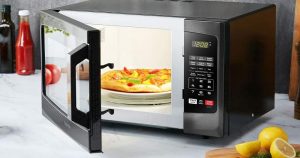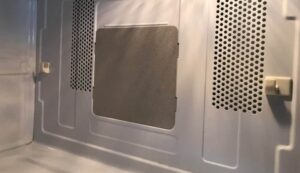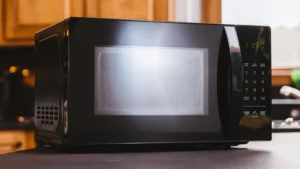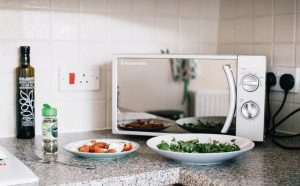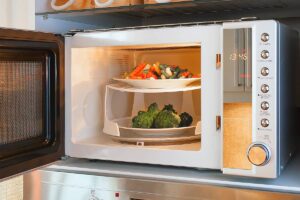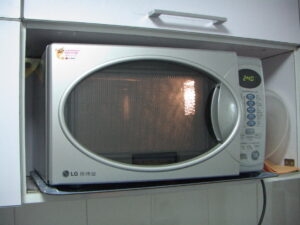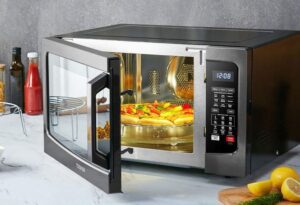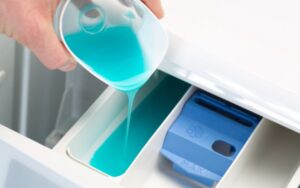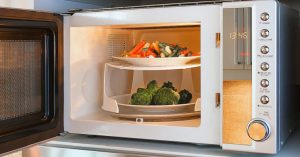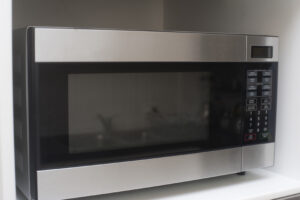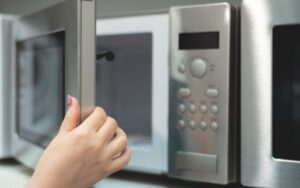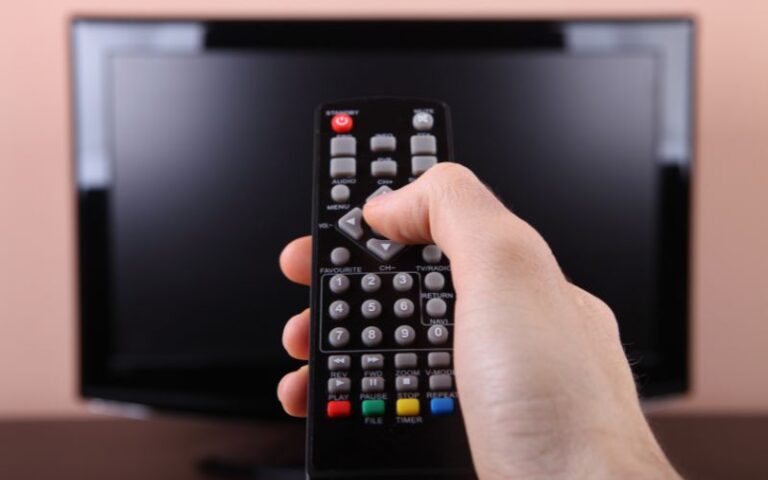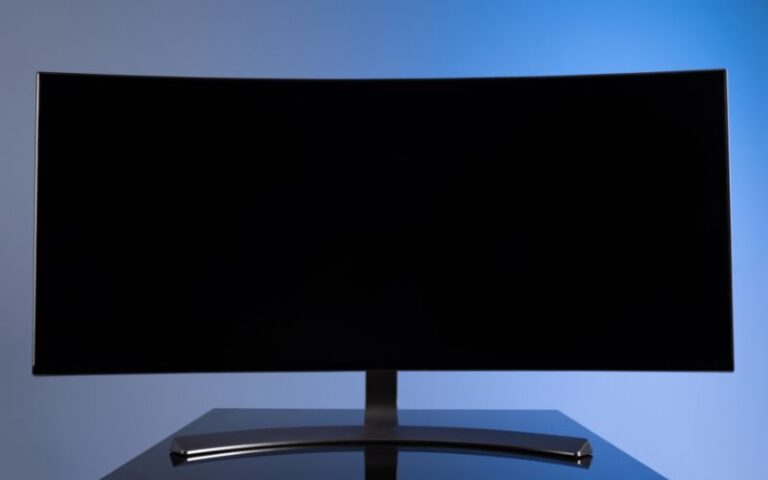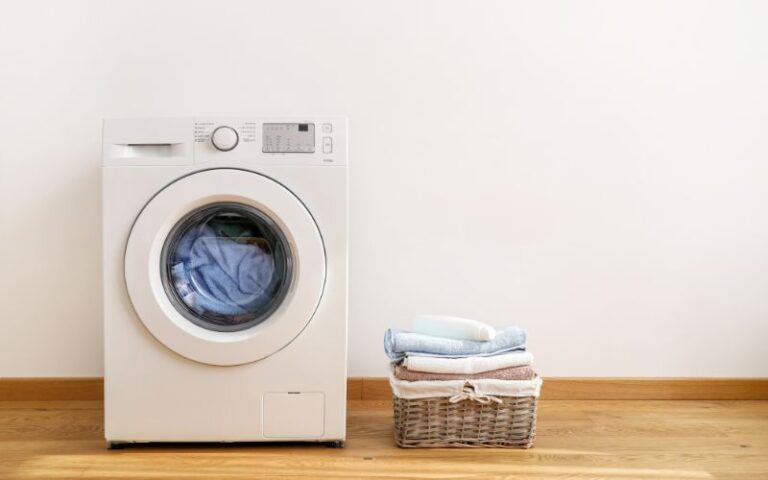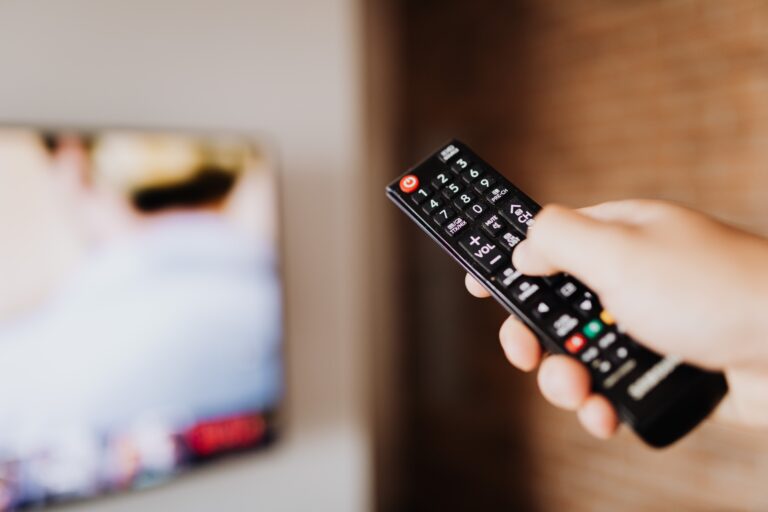What Does ‘Not Suitable For Microwave’ Mean? (Explained)
Microwaves are a wonder appliance in most kitchens. You can quickly cook and reheat meals within a short time. This wonder appliance generally makes all-around cooking easier.
Ordinarily, one would expect to use the microwave for just any meal. Well, wouldn’t that be completely awesome?
Yet, that is not the case since some materials are tagged microwave unsafe. Therefore what does not being suitable for microwave mean?
Not suitable for microwave means that the food, liquid, or container can release toxins, burning, melting, and exploding when heated. In other words, the microwave will ruin the meal, causing food poisoning or a fire outbreak.
This article contains all you need to know about the possible foods and items tested and marked as safe for microwave usage.
By the end, you will be able to identify the best way to use your microwave and avoid the potential danger of placing the wrong items in your microwave.
When Is an Item Not suitable for microwaving?
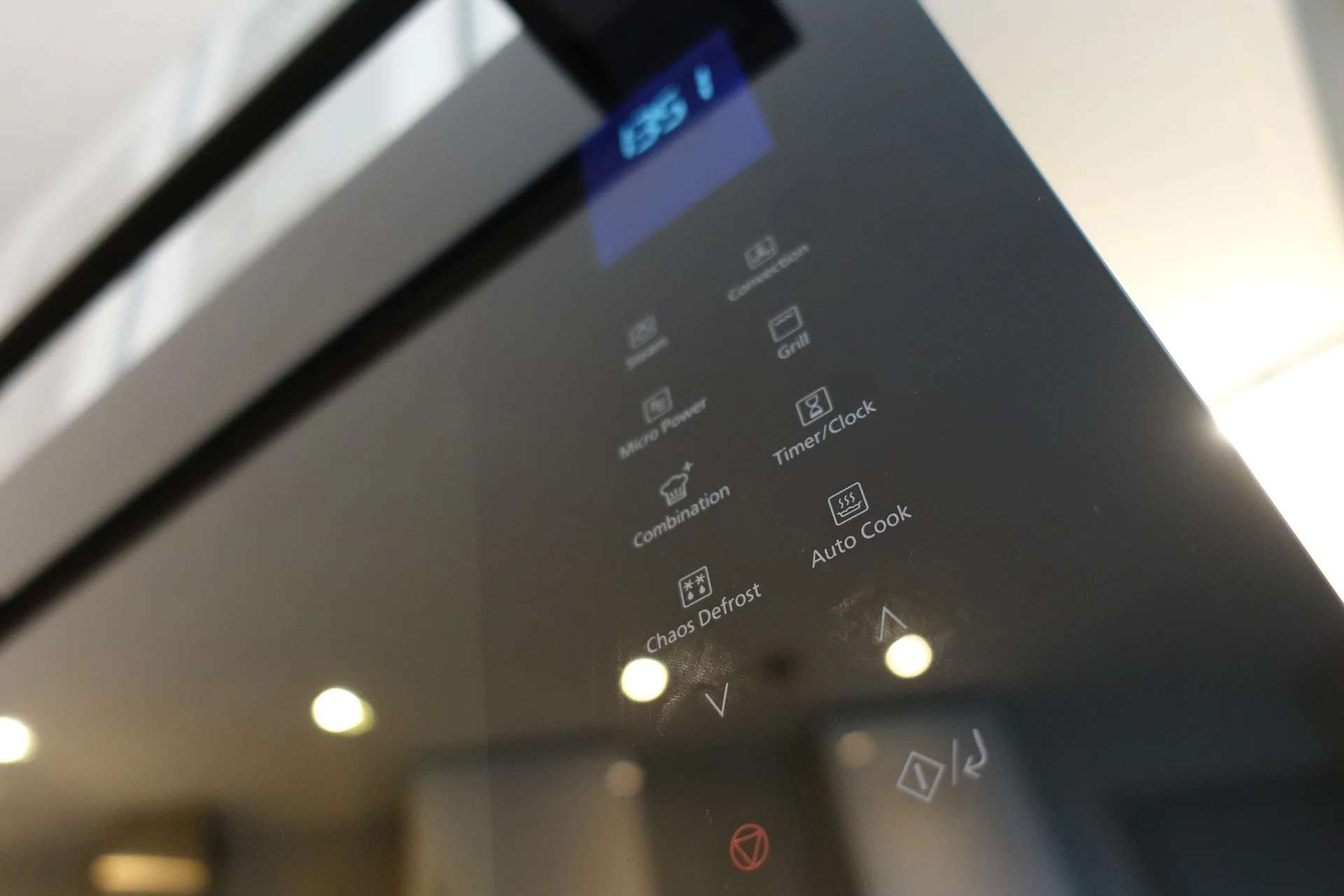
An item is not suitable for a microwave when the item can either discharge toxic chemical substances, melt, burn or cause fire outbreaks when placed in a microwave.
While the microwave is often neglected by many, it poses a significant danger when not used appropriately.
A microwave converts electromagnetic waves into thermal energy through dielectric heating.
It would help to know that different substances react with this type of energy differently.
Hence, checking for the microwave-safe emblem is always recommended before placing any container in a microwave.
Although, you must understand that microwave radiation is harmless and doesn’t make food less nutritious.
The primary concern is with the materials used in the production of the particular container or wrapping paper you intend to place in the microwave.
For instance, some flexible containers comprise micro units that quickly melt when heated to a certain degree.
When you place such a container in a microwave, the melted compounds seep into the food, thus making the meal harmful to your health.
Therefore you are expected only to place plastics marked as microwave-safe in your appliance.
Some foods contain chemical compounds that release toxic substances or fumes when heated in a microwave.
Also, food substances that contain little or no water should not be heated using a microwave.
The reason is that when you microwave food, the food gets heated because of the vibrating water molecules.
You may have heated one of such foods unknowingly in your microwave. Well, the good thing is you didn’t cause an explosion or a fire outbreak.
Regardless, it is always best to check and confirm if a particular container, food, or beverage is suitable for a microwave before heating such an item.
What Foods Are Not Suitable for Microwave Cooking?
Over the years, the microwave has become a go-to appliance for reheating cold tea or leftover meals.
However, as beneficial as the appliance seems, you should never place certain foods in a microwave for heating due to various possible outcomes.
While certain foods release toxic substances, you may cause an explosion or burn your home.
It would be best to note some foods unsuitable for microwave cooking and avoid risking your life.
Processed Meat
You should not microwave processed meat because they contain preservatives that can enhance cholesterol oxidation products (COPs) generation when microwaved.
Research shows cholesterol oxidation products are more dangerous and linked to heart diseases than pure cholesterol.
High levels of COPs are linked directly to conditions such as coronary heart disease and atherosclerosis. You can either fry or grill your processed meat.
Rice
It is worth noting that a microwave cooks meals sparingly. And rice contains a spore-producing bacterium called Bacillus cereus.
Bacillus cereus is a heat-resistant bacterium and a causative agent for food poisoning which easily survives microwaving.
Generally, Bacillus cereus produces toxins marked by diarrhea, nausea, and vomiting. In addition, microwaving rice activates the formation of spores.
Whole Eggs
You should never heat whole eggs in a microwave. As the saying goes, microwave and whole eggs do not and should not mix.
When you microwave hard-boiled eggs, pressure builds up in the eggs shell. Usually, the pressure does not evade the egg whites.
The accumulated pressure causes an explosion of the eggs, sometimes when served or while you’re about to have a bite.
Consequently, the explosion can cause burning of your skin or damage your face when you’re about to have that bite.
You can always prevent the pressure build-up by slicing the eggs into sections before heating them.
Breast Milk
You should avoid microwaving breast milk at all costs. As already stated, microwaves do not heat foods evenly, which also applies to breast milk.
Warming breast milk with a microwave creates hot spots that can harm your baby’s mouth and throat.
The food and drug administration recommends that you heat milk using a stove or warm tap water.
Chilli Peppers
Chilli Peppers contain an active substance that defines the spicy level of the chili peppers called capsaicin. Chili Peppers release capsaicin when microwaved.
While capsaicin does not explode, it gives off fumes that irritate the eyes, nose, and throat.
The substance also affects the lungs. Therefore, it is best to roast or grill chili peppers.
Leafy Green
Your green vegetables should not be heated in a microwave as they contain nitrates that transform into nitrosamines. Nitrosamines are potentially carcinogenic.
For several reasons, people prefer microwave cooking to regular conventional cooking practices.
While cooking with a microwave seems to have a lot of benefits, some disadvantages follow suit.
The table below contains some of the benefits and setbacks of cooking with a microwave.
| Advantages | Disadvantages |
|---|---|
| Microwaves save time. | You can not use specific containers in a microwave. |
| Microwaves have a variety of heating options. | The appliance has a high energy consumption rate. |
| You can easily set timers. | Food poisoning is possible. |
| The appliance is relatively safe for children. | Food becomes soggy when you overheat. |
What Type of Container Are You Not Supposed to Use in a Microwave?
Proper knowledge of which containers you should or should not use in a microwave will go a long way to save your meal from getting ruined.
It is always easy to place anything in a microwave.
However, it will help to know that you are not supposed to use particular containers in your microwave because of the chemicals they release when microwaved.
Here are some containers you shouldn’t put in the microwave:
Styrofoam Containers
Styrofoam is also known as expanded polystyrene foam, and you should not use styrofoam containers in your microwave.
Nonetheless, some styrofoam containers are marked safe for microwave heating.
Still, avoiding expanded polystyrene containers in your microwave would be best because you can never be too sure.
Microwaves radiate high temperatures, which can quickly melt or break expanded polystyrene containers, invariably causing a release of chemicals that seep into your food.
Time-Out Containers
It would be best if you refrained from using a time-out container with metal in a microwave. The metal portion of the container is prone to flame up if used in a microwave.
Butter Containers
Butter containers do not have the strain to resist a high heat level.
Microwaving a butter container may cause the container to melt and discharge toxic chemicals into your food.
Plastic Storage Containers
Plastics contain phthalates and BPA for the flexibility of the container. Plastics stand a chance to expand and melt when microwaved.
Consequently, the chemical substances will leak into your food and cause poisoning.
Always check the microwave safety before using any plastic in your microwave, or avoid using plastic containers.
Uncovered Containers
Except you are ready for a clean-up, you must avoid heating uncovered containers. Certain foods will splash and stain or cause damage to the inner space of your microwave.
5 Things You Should Not Place in the Microwave
One of the most important safety precautions you must note when operating a microwave is what to place inside your microwave.
You must understand the workings of the appliance and how it interacts with different materials and substances.
It is easy to place anything in a microwave without first considering the outcome, especially when you are in a hurry or trying to beat time.
However, that should never be the case. You should only heat the right foods or containers in your microwave.
Some of the things you should never place in your microwave include the following.
Aluminum Foil
It would help if you never placed aluminum foil in your microwave, regardless of the reason.
Aluminum does not absorb the waves generated by the microwave during heating. Instead, the aluminum foil reflects the energy.
After some time, the foil gets ignited, resulting in a fire outbreak which will damage your microwave and cause greater havoc if not controlled.
Drying Your Clothes With a Microwave
For a good reason, people try to drain their wet clothes with a microwave, which is unsafe.
Drying your wet clothes with a microwave could cause a fire outbreak damaging your appliance.
It is always best to use the dryer or the natural way of sun drying clothes.
Paper Bags
It is never safe to heat paper bags in a microwave. Except you plan on flaming the appliance.
The heat-resistant level of a paper bag is low compared to other materials and can easily get inflamed up while heating in a microwave.
Metal Utensils
Metals do not absorb the microwave’s electromagnetic radiation during heating. Therefore, it would help to remember that metals are good heat conductors.
Metal surfaces become centralized with energy when heated in a microwave and quickly start blazing.
Cardboard Food Boxes
Check that the cardboard food box has no wax or plastic coatings.
While you can microwave plain cardboard boxes lined with a layer of wax or plastic, you should never microwave metals to avoid causing a fire outbreak.
FAQs
What Materials Can You Use in a Microwave?
You can use ceramics, paper, and glass materials marked as microwave safe. However, you should always check the safety emblem before using any material in a microwave.
What is a Convection Microwave?
Aside from heating and cooking, a convection microwave has an additional heating element that allows baking, broiling, and roasting.
Also Read
- Why Does Microwave Turn on When Door Opens? All You Need To Know
- Which Microwave Does Not Interfere With WiFi? (Explained)
- Where To Buy Microwave Waveguide Cover? (Explained)
- What Happens If A Microwave Gets Wet? (Must Know This)
- What Does It Mean When A Microwave Gets Hot On The Outside?
- What Does ‘Not Suitable For Microwave’ Mean? (Explained)

